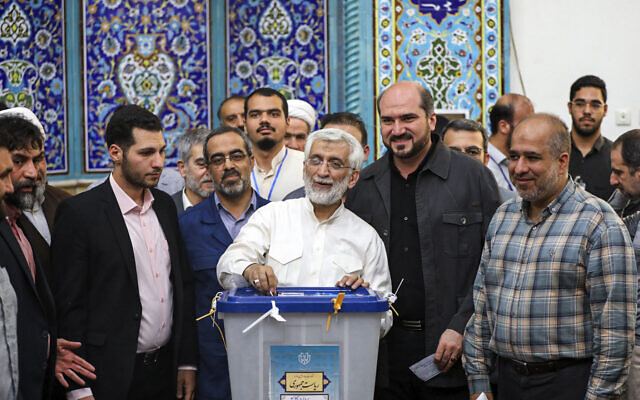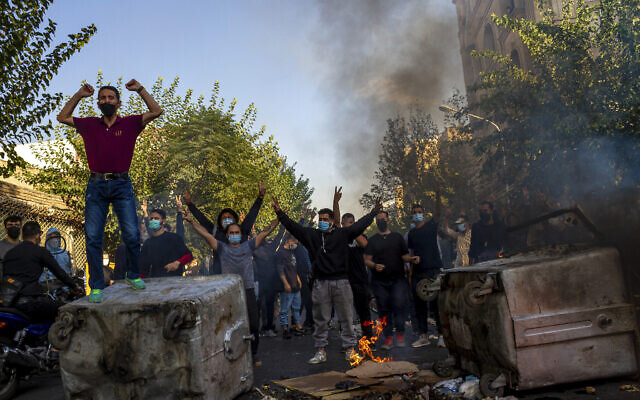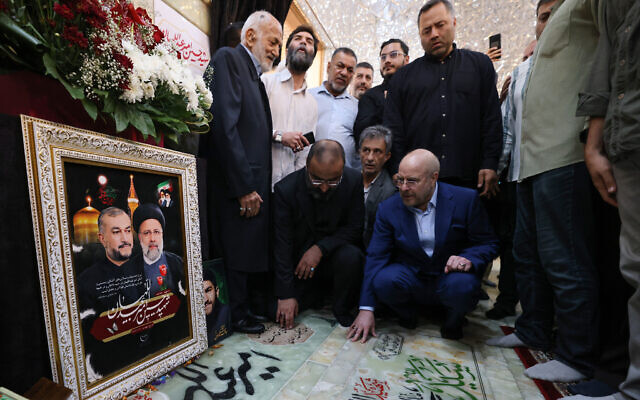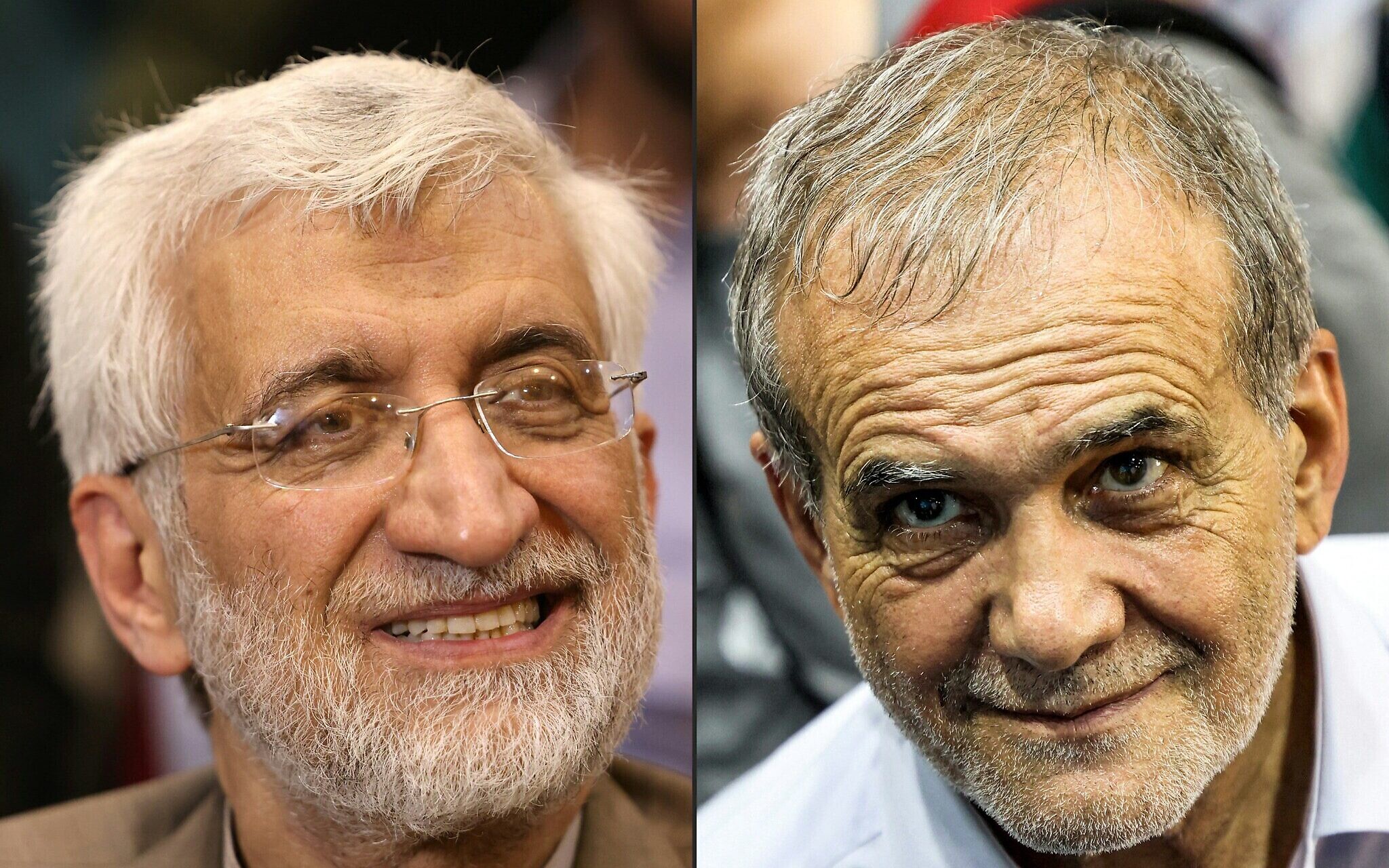
Iran is set to witness a historic second-round presidential election on July 5, 2023, as reformist Masoud Pezeshkian and hard-liner Saeed Jalili prepare to face off. The runoff comes after neither candidate secured an outright majority in the first round of voting held on June 28, 2023.
According to reports, approximately 40% of Iran's eligible voters participated in the first round, marking a record low turnout since the Islamic Republic was established in 1979. This trend continued from previous elections where voter apathy and disillusionment with the political process were prevalent.
Masoud Pezeshkian, a reformist candidate, received over 10.4 million votes in the first round, while Saeed Jalili, a hard-liner and former nuclear negotiator, garnered over 9.4 million votes. The remaining candidates trailed far behind.
The outcome of this election could potentially influence who succeeds Ayatollah Ali Khamenei, the 85-year-old supreme leader who holds significant power in Iran's political landscape.
Pezeshkian has advocated for greater engagement with the outside world to improve Iran's economy. In contrast, Jalili is known for his strong anti-Western views and has been a vocal critic of Western influence in Iranian affairs.
The first round of voting saw widespread disenchantment among voters with the current political process in Iran. This sentiment was reflected in the low turnout, which continued a trend seen in other recent elections.
As the two candidates prepare for the runoff, it remains to be seen how they will address these issues and whether they can garner enough support from a disillusioned electorate to secure victory.








